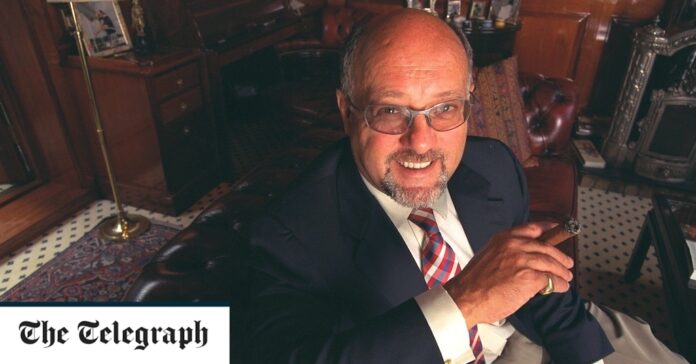He amassed a collection of hotels, golf resorts and castles and at one time owned both Land’s End and John o’Groats
Pete de Savary, who has died aged 78, was a maverick entrepreneur in hotels, golf resorts and a colourful variety of other businesses, and an America’s Cup yachtsman.
De Savary described himself as “an opportunist, an enthusiast, a little bit of a gypsy” in his approach to business. He made (and sometimes lost) money in a range of ventures from oil to funerals, but his real passion was the development of what he called “unique pieces of real estate… My interest in life is to find things that are in poor condition, under-appreciated… I am a restorer, a refurbisher. I like taking a mess and turning it into something nice. Once I have done it, it ceases to have the same allure for me. So generally I sell.”
Typical was his acquisition in 1990 of Skibo Castle on the Dornoch Firth in Sutherland, once the home of the Scots-American industrialist Andrew Carnegie. Spotting the vast baronial pile from a distance, de Savary said to his wife: “I just have a feeling if I get out of this car, I’m going to buy this castle. And I do not need to buy a castle.” But he did so – with its 8,000-acre estate – and nearly bankrupted himself in the creation of the luxurious Carnegie Club hotel and golf complex that would attract Jack Nicholson as a member and provide the venue for the wedding in 2000 of Madonna and Guy Ritchie.
De Savary eventually sold Skibo for £23 million. Meanwhile he built up a collection of other hotel and golf resorts on both sides of the Atlantic, including Stapleford Park in Leicestershire and Bovey Castle in Devon. His property portfolio at one time included Land’s End (which he turned into a theme park) and John o’Groats, but he sold both in 1991 as recession began to stretch his resources, and in 1994 his main holding company, Placeton, went into receivership with debts running into hundreds of millions of pounds.


